We need to start at the beginning to understand what a M.A.R.D is, how it does its job and what the expected outcomes will be.
Firstly, what the MARD is a M.A.R.D?
Another fancy acronym, but what does it mean?
Main Assisted Reserve Deployment
This means that the deployment of the reserve canopy is expedited by using the malfunctioning main canopy as a massive pilot chute to extract the reserve freebag containing the reserve canopy. The aim of the M.A.R.D system is to put a reserve canopy above your head in the fastest possible timeframe with a minimal amount of altitude loss.
There are currently seven or more M.A.R.D designs in the equipment market. Most of us have heard of a Skyhook - this was the very first M.A.R.D released onto the market by United Parachute Technologies, UPT, in their Vector and Sigma systems. Since then there have been other M.A.R.Ds developed: Air Anchor by Strong Enterprises, Mojo by Rigging Innovations, Trap by Mirage Systems, Infinity M.A.R.D by Velocity Sports Equipment, Reserve Boost by Sunrise Manufacturing (Wings), AeroMARD by Aerodyne Research and others.
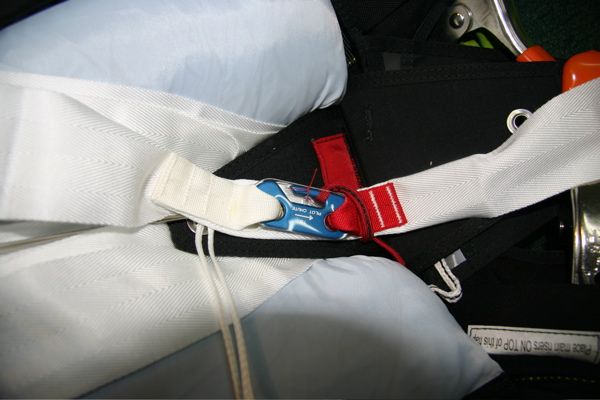
The M.A.R.D has swept the market, and for a good reason - it is a fantastic safety device - but as with all options and backup devices, there needs to be understanding of the system itself and its limitations.
Understanding the Advantages and Limitations of The M.A.R.D System
The first point is understanding. Why was the device developed? What need or accumulation of incidences forced the development of the device?
In this case, the M.A.R.D was developed because skydivers were dying from not deploying a reserve canopy or deploying the reserve canopy too low after a cutaway from a malfunctioned main canopy. Using an already established backup device, the RSL, and adding a lanyard that attached to the reserve freebag bridle, the user is now able to be truly 'static lined' from the malfunctioning main canopy, creating the fastest reserve deployments over the shortest altitude. This then gives the user more time and altitude to make decisions for landing safely.
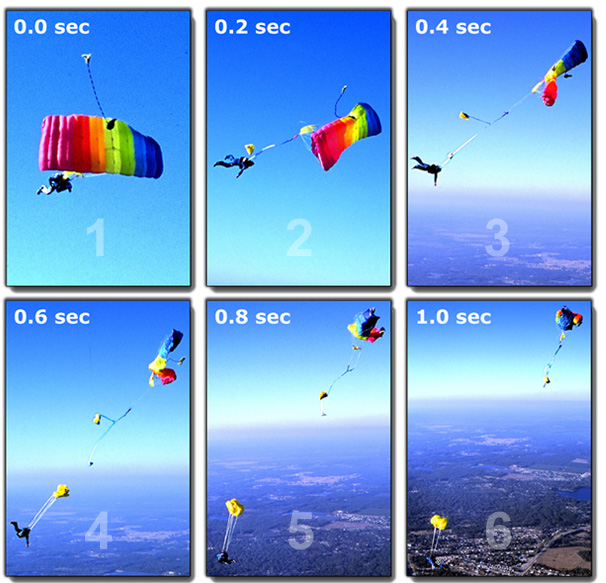
Initially, as the M.A.R.D was new to the market and many people were sceptical of an RSL-type device, the developer provided 'live on the DZ' demonstrations of the M.A.R.D in use. However, in order to demonstrate the efficiency and effectiveness of the M.A.R.D, the live demonstrations were conducted at a lower altitude, which may have given the wrong impression that the M.A.R.D was developed so lower cutaways could be performed - which is definitely NOT the case.
Similarly, when low pack volume reserve canopies were developed - which the manufacturers designed so the user could put a larger reserve in their equipment - skydivers interpreted the development to mean they could now get a smaller container and keep the same size reserve! The end user does not always see what the original developer's motivations were for developing the product.
This is now where two worlds collide. We want the best gear, with the best safety features, in the smallest package we can put on our backs - but do we fully understand the operating parameters of all of the equipment we are using?
It is important for us to understand the limitations of our equipment and consider if we need to make a change to some of the equipment we are currently using.
The biggest consideration when choosing to use a M.A.R.D system in your gear is your reserve canopy size and wing loading.
Reserve Canopy Size and Wing Loading

Why is this even a consideration, let alone the biggest one?
Well, it all comes down to physics. The smaller the reserve canopy, the less air molecules the canopy will be hitting to maintain lift and stability, so the faster the descent rate. Even though reserve canopies are rigorously tested to prove stable and predictable handling characteristics, when the canopy is loaded over its intended optimum weight (shown as 'expert' weight limit on PD reserve placards), then even a reserve canopy will become unpredictable and unstable.
In recent incidences, there have been cases of jumpers cutting away from a spinning main canopy, to only then end up with line twists on the reserve canopy after a M.A.R.D reserve deployment. How can this be?
Let’s look at the leader in reserve canopy design and development, Performance Designs Inc. (PD), for some guidance and information about reserve canopy selection and loadings.
The PD Reserve Manual states the following:
WING LOADINGS ABOVE 1.4 LBS/SQ.FT, AND BELOW THE MAXIMUM SUSPENDED WEIGHT:
This is a very high wing loading. Turn rates, forward speed and rates of descent will all be very high. A very high experience level is required to get an acceptable landing, even under ideal landing conditions. The control range may be very short, with stalls happening very abruptly and with little warning. This situation can be very dangerous. Performance Designs advises all jumpers, regardless of experience, that it is safer to choose a lower wing loading than this level.
However, Performance Designs recognises that there are some individuals who have a great deal of experience and skill flying a main parachute at this wing loading, and are determined to use reserves in the same wing loading. While this is legal (if the conditions below are met), it is very hazardous. Most jumpers are not capable of handling this situation. Because the skill level required will vary from smaller to larger parachutes at a given wing loading, please consult the Warning Label and the Wing Loading Chart for additional information to help you choose the best reserve for your weight and experience level.
Loading Recommendations for Reserve Canopies
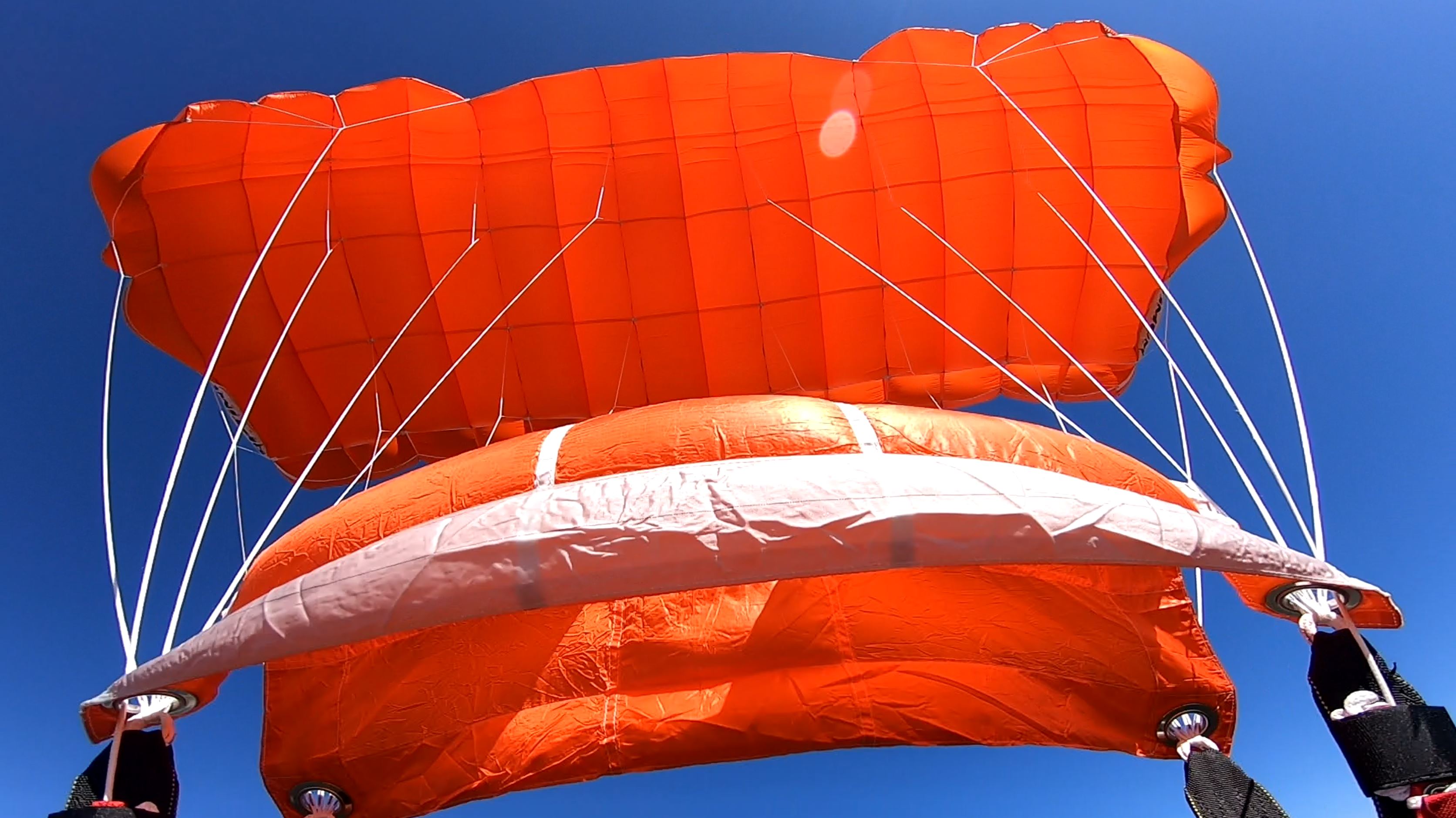
Do you know the manufacturer's loading recommendations for your reserve? Here are some examples from the warning labels on the PD Optimum reserves. Take note that there is not just one recommended loading - there are different load recommendations for different experience levels.
When you see the abbreviation N/R, this means Not Recommended. All weights shown are exit weight, jumper and all equipment included.
Optimum 113
Operating Limits: Student-N/R, Novice-N/R, Intermediate-51kg, Advanced-59kg, Expert-77kg
Optimum 126
Operating Limits: Student-N/R, Novice-N/R, Intermediate-57kg, Advanced-66kg, Expert-80kg
Optimum 143
Operating Limits: Student-N/R, Novice-55kg, Intermediate-66kg, Advanced-75kg, Expert-91kg
Optimum 176
Operating Limits: Student-70kg, Novice-82kg, Intermediate-89kg, Advanced-100kg, Expert-113kg
These examples show that the manufacturer has done extensive testing on weight limitations, determining that at these experience levels and weights, the reserve canopy should perform as intended.
Original Reserve Deployment Sequence vs. M.A.R.D Reserve Deployment Sequence
This now leads us to the more complicated question of, “Why do some M.A.R.D deployments get no line twists, and some do get line twists?”
Each of the manufacturers have their own idea on how a M.A.R.D should operate and its limitations, but the point to understand is that the M.A.R.D should not override or impede the original/primary design of the emergency system. This means that if the M.A.R.D fails to operate correctly the reserve system will operate as originally designed. The M.A.R.D is an addition to the original emergency deployment system.
The original reserve deployment sequence for all skydiving systems is: Release the malfunctioning main canopy (pull the cutaway handle), fall away from the malfunctioned main canopy, release the reserve canopy (pull the reserve ripcord handle), the reserve pilot chute launches lifting the bridle and freebag out of the reserve container, the reserve canopy lines deploy from the freebag and release the reserve canopy for it to begin the canopy opening.
With a M.A.R.D fitted, the M.A.R.D reserve deployment sequence is: Release the malfunctioning main canopy (pull the cutaway handle), as you fall away from the malfunctioned main canopy the M.A.R.D RSL lanyards pull the reserve pin and lift the reserve freebag by the bridle out of the reserve container, the reserve canopy lines deploy from the freebag and release the reserve canopy for it to begin the canopy opening.
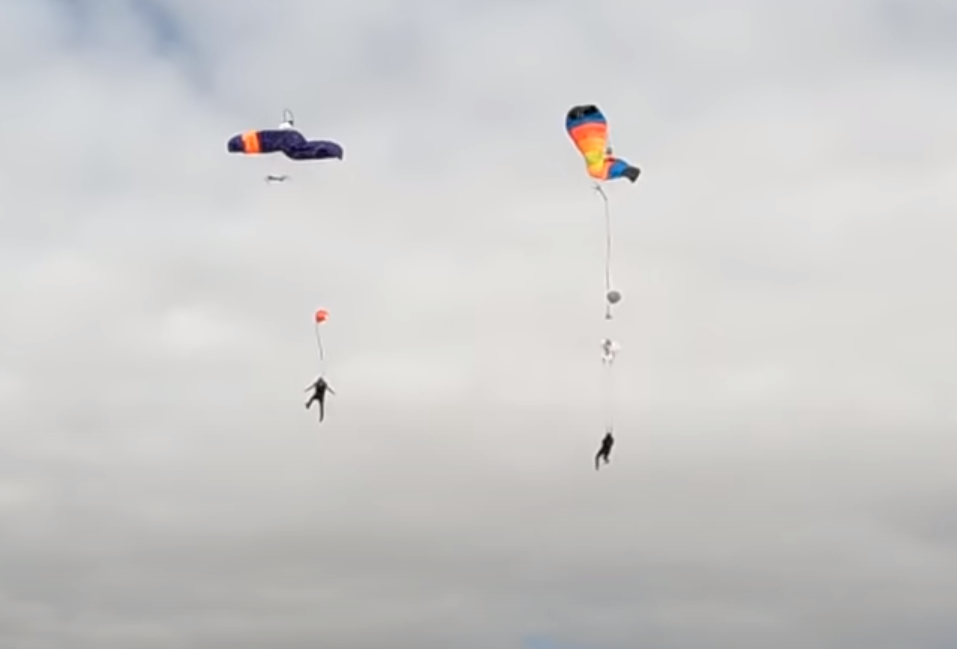
With the Skyhook M.A.R.D design and some other designs, if the reserve pilot chute (the primary deployment device) receives any load or force applied to it during the deployment of the freebag, then the reserve pilot chute will override the Skyhook/M.A.R.D and then the deployment reverts to the original deployment sequence.
During a high-speed, high-rotation malfunction of a highly loaded canopy, it is likely that the reserve pilot chute will receive load from the high-speed airflow and will snatch the bridle from the M.A.R.D lanyard. This is when any rotational force or inertia that has been generated during the spin is transferred to the jumper and line twists may be induced during the reserve deployment. It is only at this point that the reserve canopy, if deploying unsymmetrically (risers are not level due to the jumper being in an unstable body position) and loaded above the manufacturer's recommendations, may also start rotating or spinning. If the jumper is not able gain control of the reserve canopy due to many line twists and rotational force, or they are inhibited by a wingsuit or injury, then the outcome is often catastrophic.
The Right Tool For The Right Job
Skydiving disciplines have become very diverse and equipment required varies dramatically. It is important to understand that equipment has limitations, and in order for our equipment not to fail us, we must not fail it by using it outside its design parameters. Get to know your equipment and if it does not meet the demands and requirements of the disciplines you are participating in, then you must change your equipment to continue to be a safe skydiver for yourself and those you jump with.
Don’t bring a knife to a gun fight!
About the Author
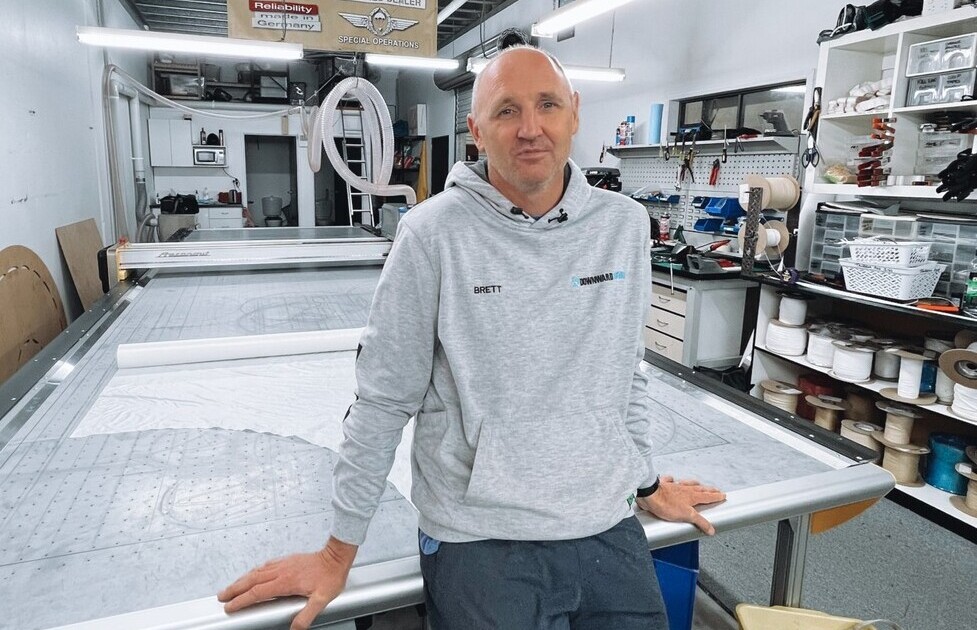
Brett Newman is the National Rigging Officer for the APF and the owner and director of Downward Trend, the one stop shop offering everything from rigging, to gear sales, to instructional videos. Brett has been skydiving for more than 25 years and is still as passionate about safety and adventure now, as he was when Downward Trend was born in 2000.
[Photo Sources: Nik Daniel, Chuting Star, Dan Stutley, UPT, Downward Trend]